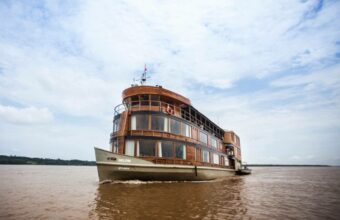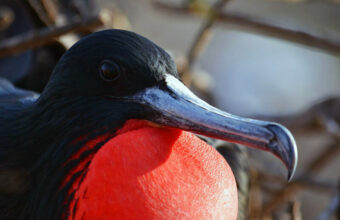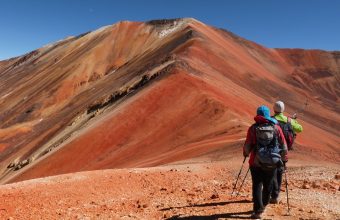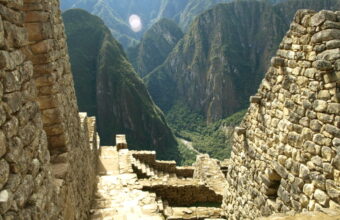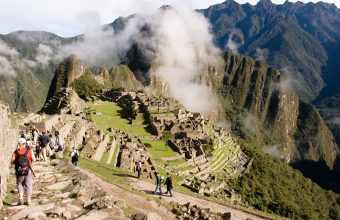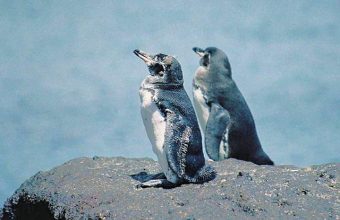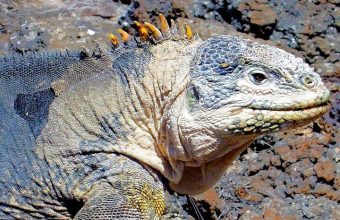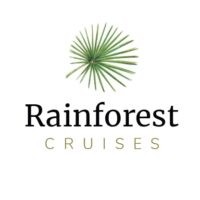Ecuador
Where nature and history meet
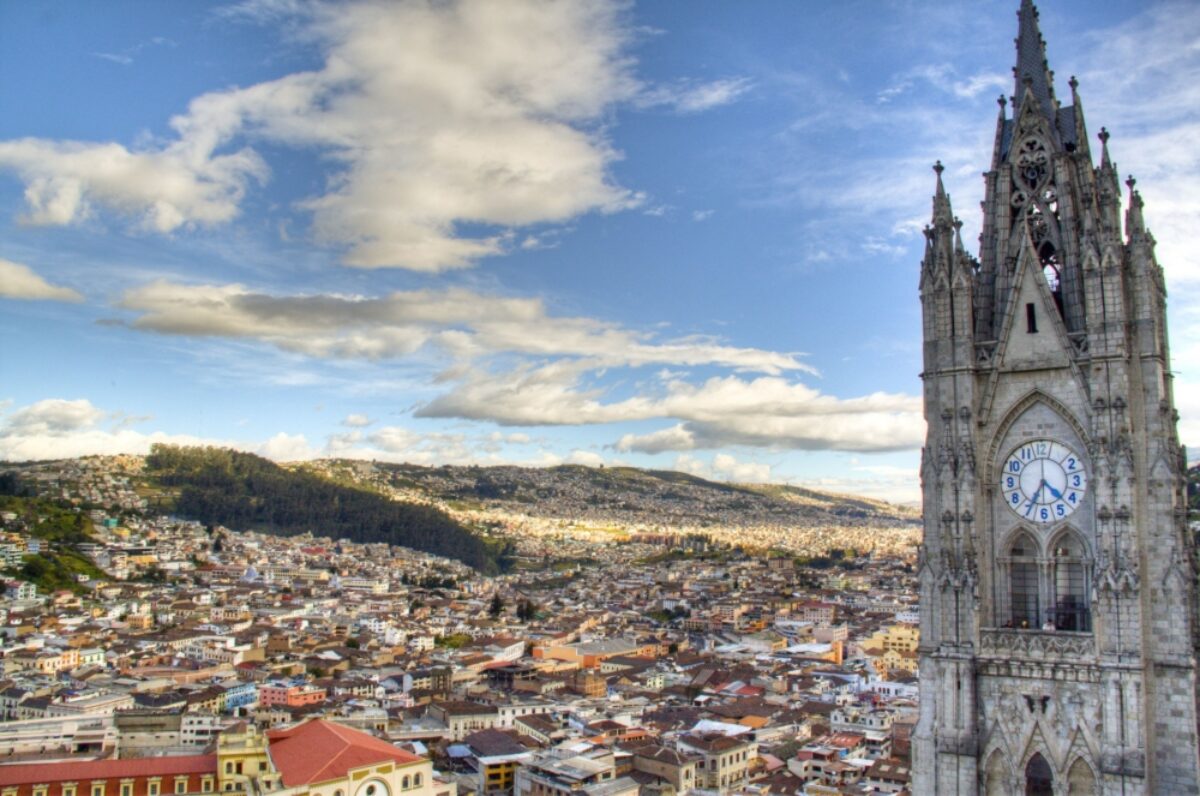
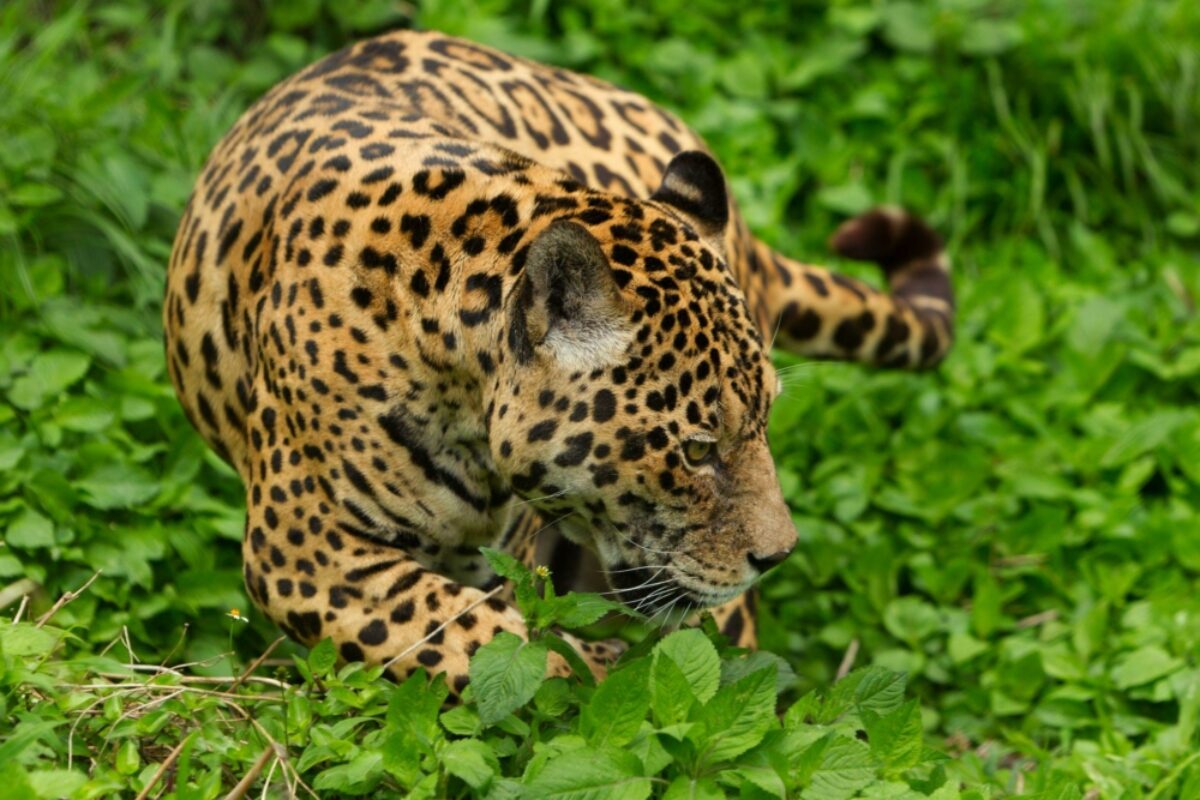
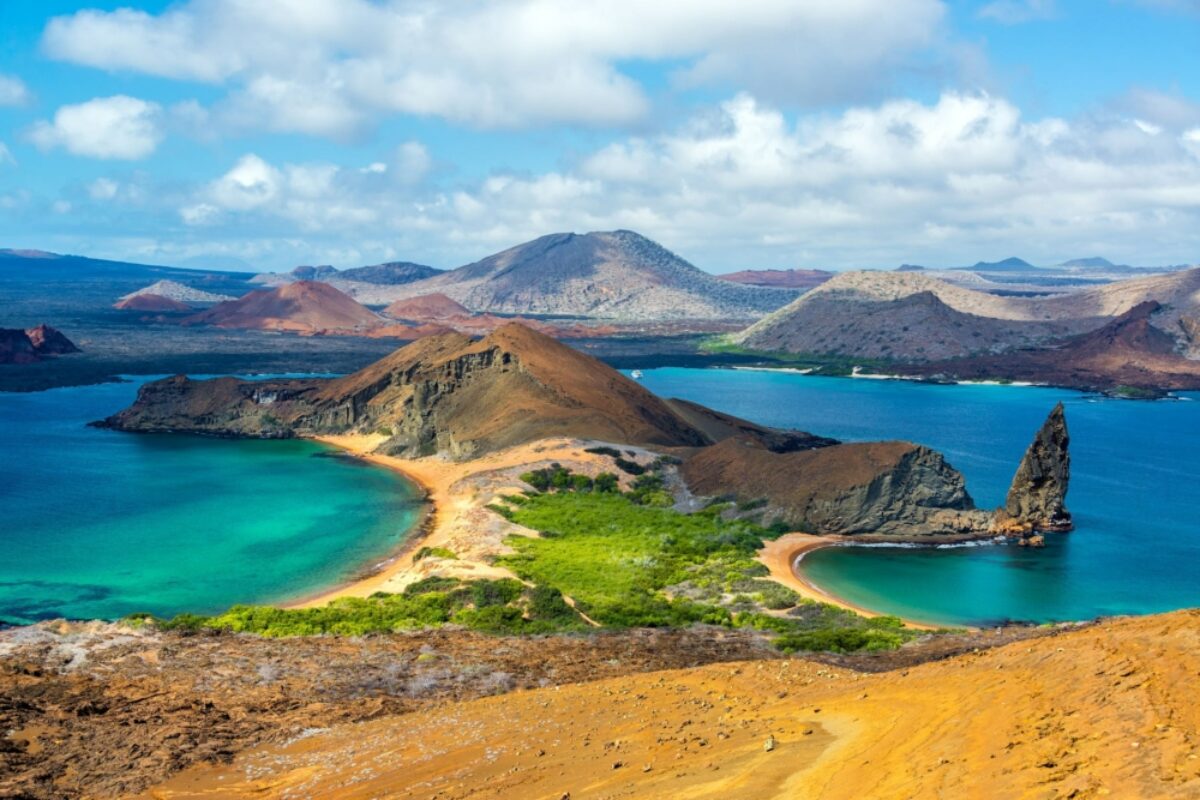
Sitting on the shoulder of the South American continent, Ecuador – the mainland at least – somehow manages to avoid the limelight of the region's bigger hitters. There's the Galapagos Islands of course, but otherwise plucky Ecuador gets barely a look-in compared to its surrounding neighbours.
This is, of course, entirely unfair. As one of South America's three Andean nations (the others being Peru and Bolivia), Ecuador has a colourful and varied history with a cultural hinterland that draws more from indigenous civilisation than Latin influence.
While the cities are either modern (Quito) or colonial (Cuenca), once you get into the mountains you'll encounter a way of life that reaches way back to pre-Colombian times. Keep going and you'll reach the Amazon – here barely touched by tourism relative to the commodified rainforests of Peru and Brazil.
All too many people treat Ecuador as a launchpad for the Galapagos. This is a heinous crime against decency and taste. Slow down, spend a while longer, and get to know this fascinating country for its own sake. Welcome to Ecuador!
Cruising the Galapagos
An essential guide to cruising the Galapagos Islands
Step aside, humans. The protagonists of the Galapagos Islands’ history are the rare and endemic species that populate this far-flung chain of volcanic islands in the Pacific. As Charles Darwin discovered on his famous voyage on the HMS Beagle in 1835, the natural history of these dynamic islands reveals the fits and starts of evolution itself...read more
13 days
Machu Picchu & Galapagos cruise
An epic land and sea voyage of history and nature
-
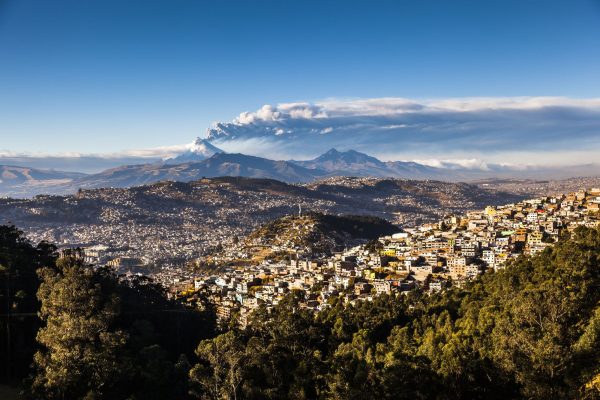
Quito
Ecuador's mountain capital
The first thing you notice about Quito is that it takes your breath away... -
Otavalo
... -
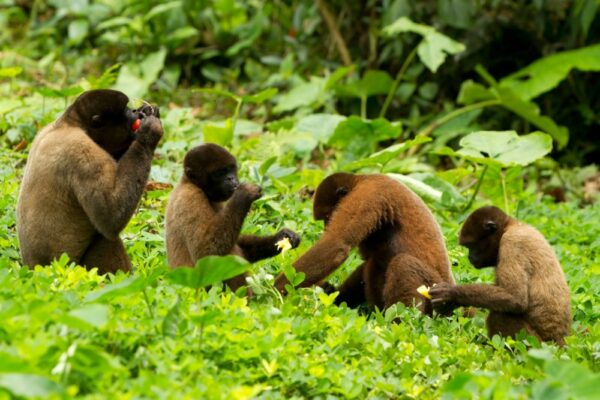
The Amazon Basin
Mind-boggling biodiversity
The starting point for most Amazon jungle trips, Coca is slowly transforming itself from tourist transport hub into somewhere worth visiting itself... -
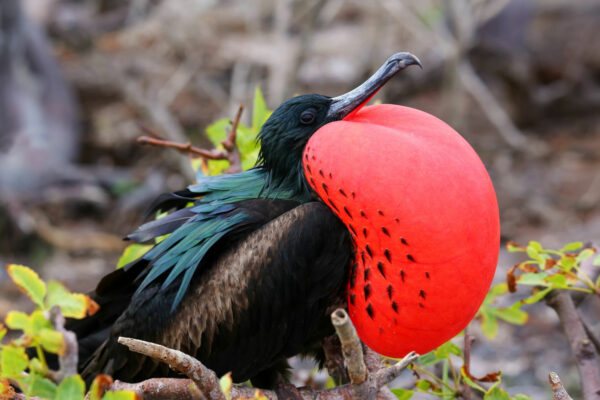
The Galapagos Islands
The islands that changed the world
For such a tiny smattering of islands flung far into the Pacific Ocean, the Galapagos archipelago has had an outsized impact on humanity and our understanding of ourselves... -
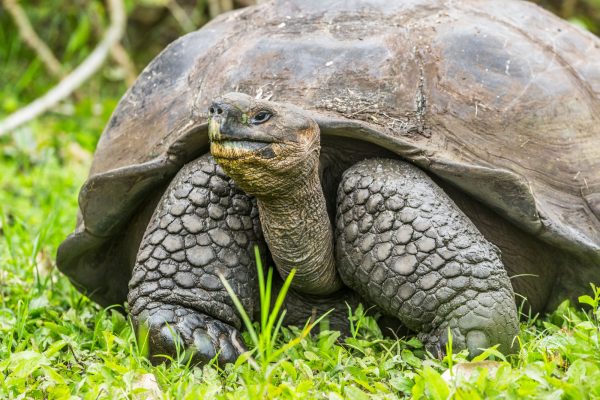
Isla Santa Cruz
Almost all visitors to the Galapagos Islands will touch down in Isla Santa Cruz at some point... -
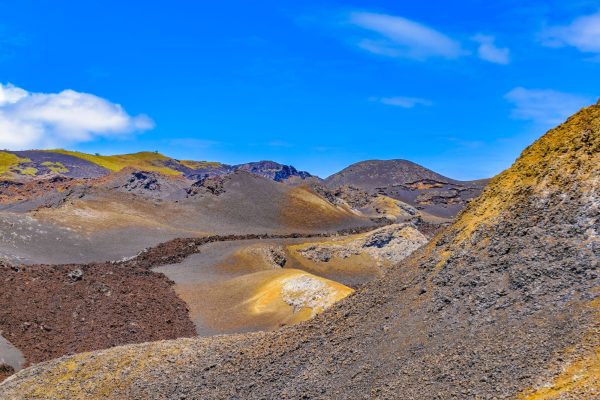
Isla Isabela
Isabela is the largest of the Galapagos Islands and is made up of five (sometimes) active volcanoes... -
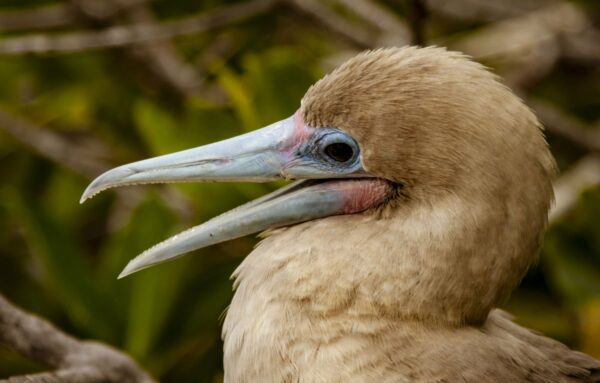
Isla Genovesa
Stay with us – Isla Genovesa is also known as Booby Island due to the sheer number of goofy-looking Nazca and red-footed boobies that live here... -
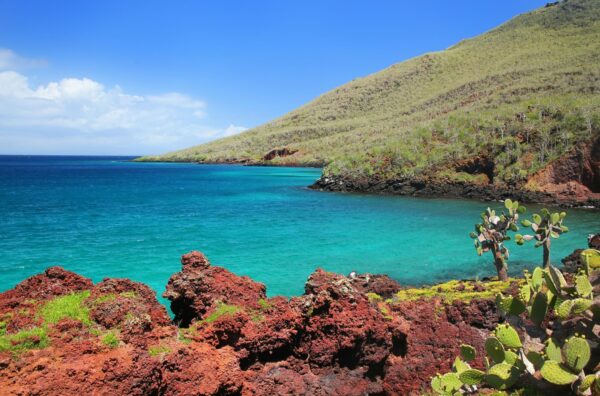
Isla Rabida
Famous for the unique red colour of its beach and cliffs, Isla Rabida is known for the sizeable number of flamingos that feed on shrimp in its lagoon, snorkelling with sea lions and the large number of bird species that live here... -
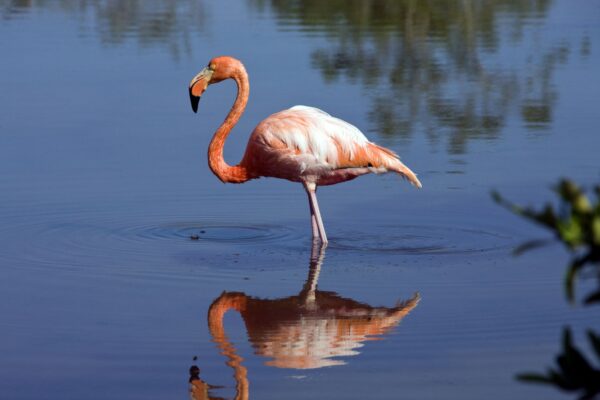
Isla Floreana
To the north of Floreana lies Punta Cormorant, a beautiful white sand beach that runs for 720m and is known as the best flamingo lagoon in the Galapagos... -
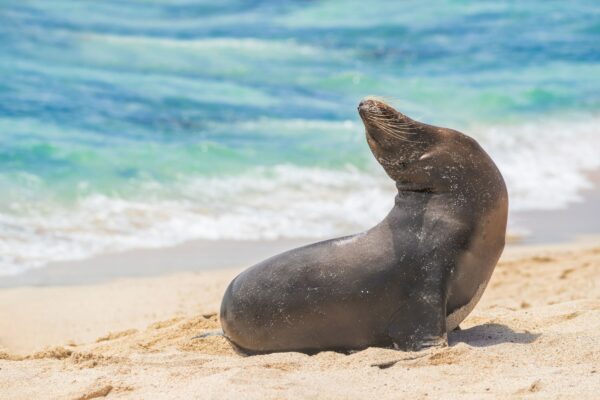
Isla San Cristóbal
Sea lions are everywhere in San Cristobal, so head down to any accessible waterfront to see noisy sea lions and furry babies frolicking on the sand and occasionally taking to the water... -
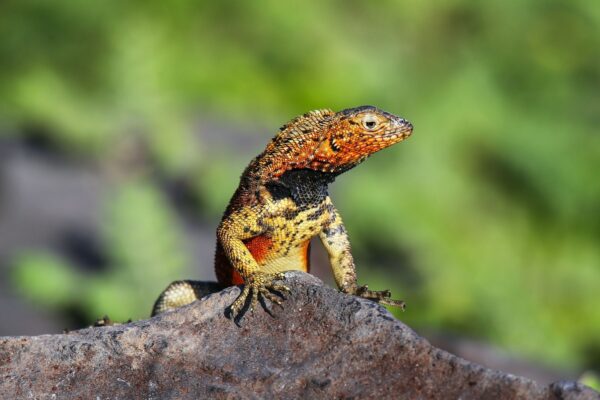
Isla Española
Española is one of the more remote Galapagos Islands, at some 90km southeast of Isla Santa Cruz... -

Isla Bartolomé
Tiny Bartolomé is most famous for its landscapes and scenery... -
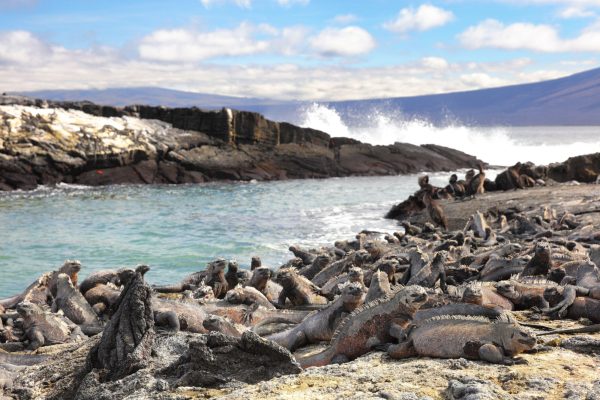
Isla Fernandina
The third largest — and youngest — of the Galapagos Islands, Fernandina has a unique environment which makes it a haven for thousands of slowly-moving marine iguanas, Galapagos penguins, flightless cormorants and sea lions... -
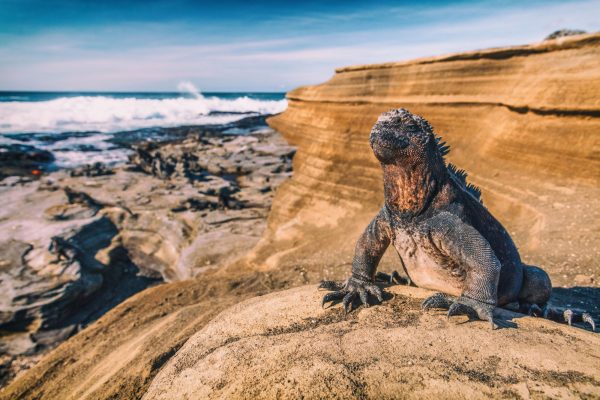
Isla Santiago
Once a hideout for smugglers and pirates, Isla Santiago is now best-known for Sullivan Bay, where century-old lava has solidified into bubbles and caves, and Puerto Egas, a wet landing where you can see seals, sea lions and sea birds... -
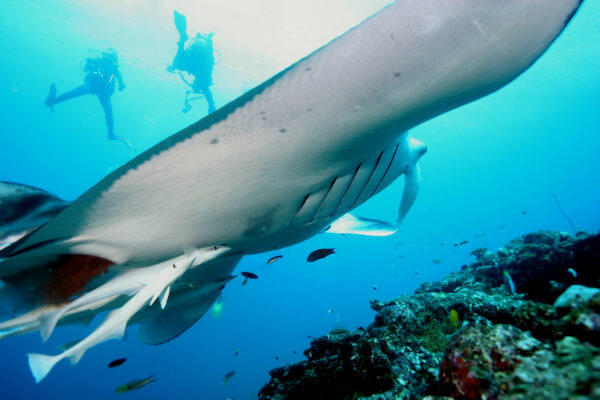
Isla Darwin
Tiny Darwin Island, at the remote far north of the archipelago, is one of the world’s premier scuba locations... -
Cotopaxi National Park
... -
Quilotoa Lagoon
... -
Yasuni National Park
... -
Baños
... -
Riobamba
... -
Cuenca
... -
Alausí
...
Places to go in Ecuador
Ecuador Tours
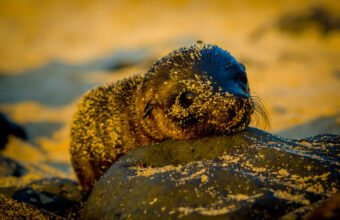
Galapagos Cruise & Ecuador Mainland
Immersive culture & wildlife experience
11 daysFrom $6,139Ecuador Travel Companies
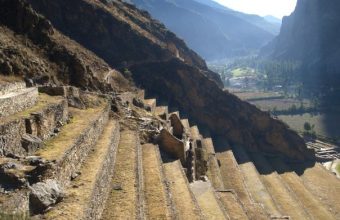
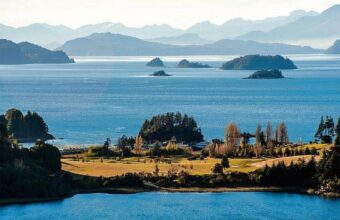
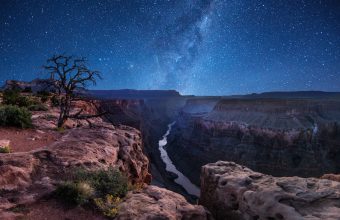
 North America,
South America,
Antarctica
North America,
South America,
Antarctica
SA Expeditions
Tailor-made guided tours to North and South America
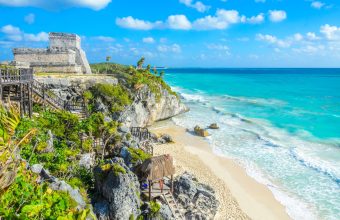
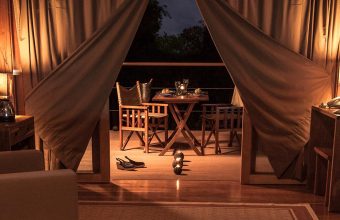
 The Galapagos Islands
The Galapagos Islands
Galapagos Safari Camp
Luxury safari camp offering flexible and personalised land sea adventures
